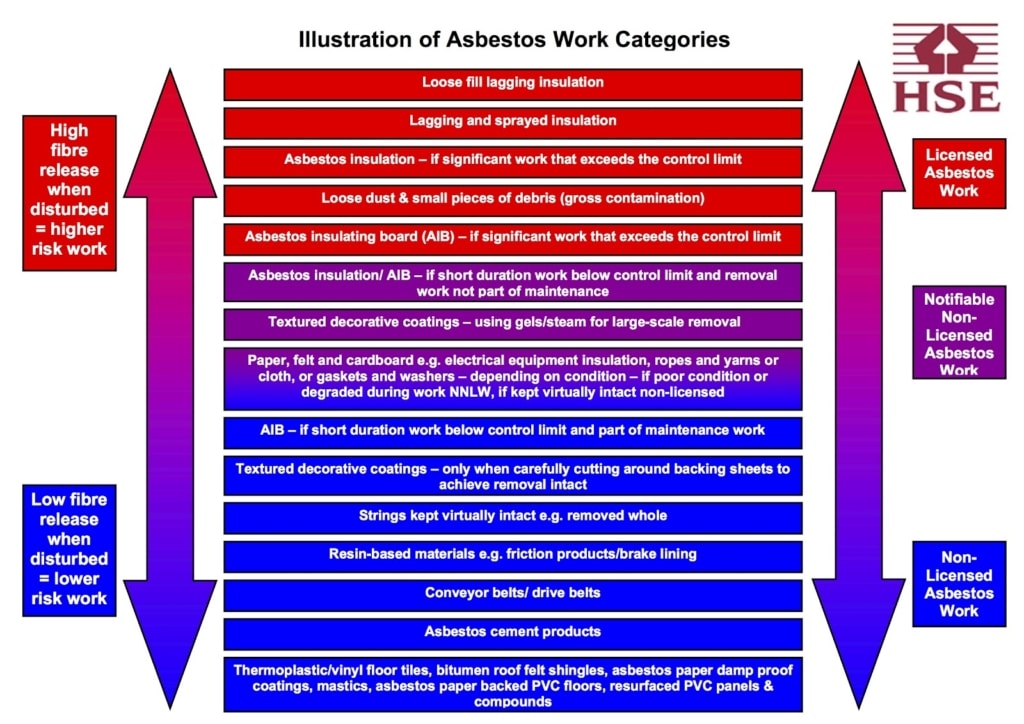Asbestos Risk Due to Recent Storm Damage
JS Removals have seen an increase in instances of asbestos containing materials that have been damaged with the ever-increasing frequency …

JS Removals have seen an increase in instances of asbestos containing materials that have been damaged with the ever-increasing frequency …
Don’t Panic – Follow These Steps If You Disturb Asbestos If you accidentally break or disturb material that you suspect …
Chances are, you or someone you know will have been involved in a house clearance at some point. They’re an …